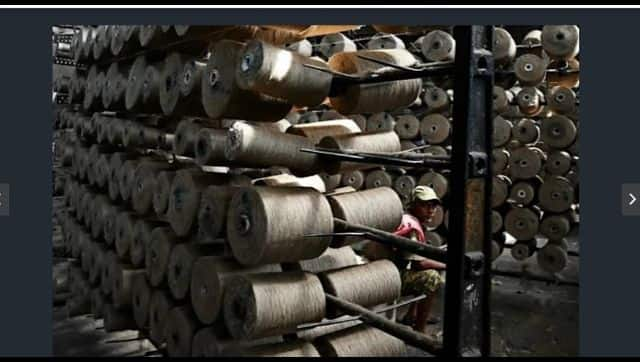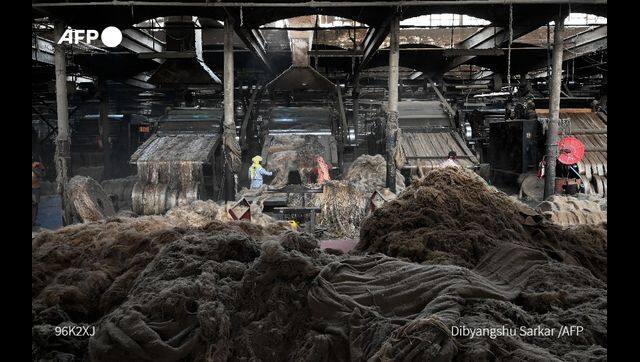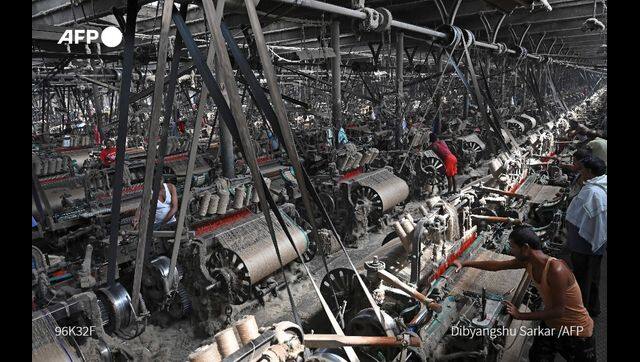From the boutiques of Christian Dior to royal wedding favours, jute is growing in popularity worldwide as demand for alternatives to plastic soars, with experts predicting the bag industry alone will be worth more than $3 billion by 2024. India is desperate to capitalise on this consumer shift and seize the opportunity to revive its flagging industry. [caption id=“attachment_10043091” align=“alignnone” width=“640”] Today, India is trying to promote jute as a fabric for a sustainable future, with the government issuing a mandate that all grains and 20 percent of sugar should be packed in jute sacks. AFP[/caption] “One hectare of jute plant can soak up to nearly 15 tonnes of carbon-dioxide and discharge 11 tonnes of oxygen during a season, thereby reducing greenhouse effects,” estimated Swati Singh Sambyal, a sustainability and circular economy expert based in New Delhi. [caption id=“attachment_10043341” align=“alignnone” width=“640”]
 Also known as sack cloth, hessian, or burlap, the fibre is hailed by environmentalists because growing it can help with carbon capture, and it uses less natural resources than cotton. AFP[/caption] [caption id=“attachment_10043331” align=“alignnone” width=“640”]
Also known as sack cloth, hessian, or burlap, the fibre is hailed by environmentalists because growing it can help with carbon capture, and it uses less natural resources than cotton. AFP[/caption] [caption id=“attachment_10043331” align=“alignnone” width=“640”] The UN Environment Programme has said the planet is “drowning in plastic pollution”, with about 300 million tonnes of plastic waste produced every year. AFP[/caption] [caption id=“attachment_10043311” align=“alignnone” width=“640”]
The UN Environment Programme has said the planet is “drowning in plastic pollution”, with about 300 million tonnes of plastic waste produced every year. AFP[/caption] [caption id=“attachment_10043311” align=“alignnone” width=“640”] The material’s appeal has been boosted by brands such as Dior making jute sandals and stars such as the Duchess of Sussex wearing jute footwear and using hessian gift bags for guests attending her wedding to Prince Harry. AFP[/caption]
The material’s appeal has been boosted by brands such as Dior making jute sandals and stars such as the Duchess of Sussex wearing jute footwear and using hessian gift bags for guests attending her wedding to Prince Harry. AFP[/caption]
India is trying to promote jute as a fabric for a sustainable future, with the government issuing a mandate that all grains should be packed in jute sacks.
Advertisement
End of Article


)

)
)
)
)
)
)
)
)



